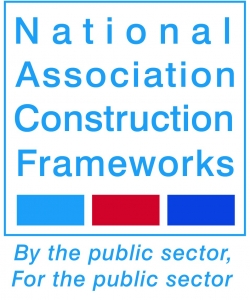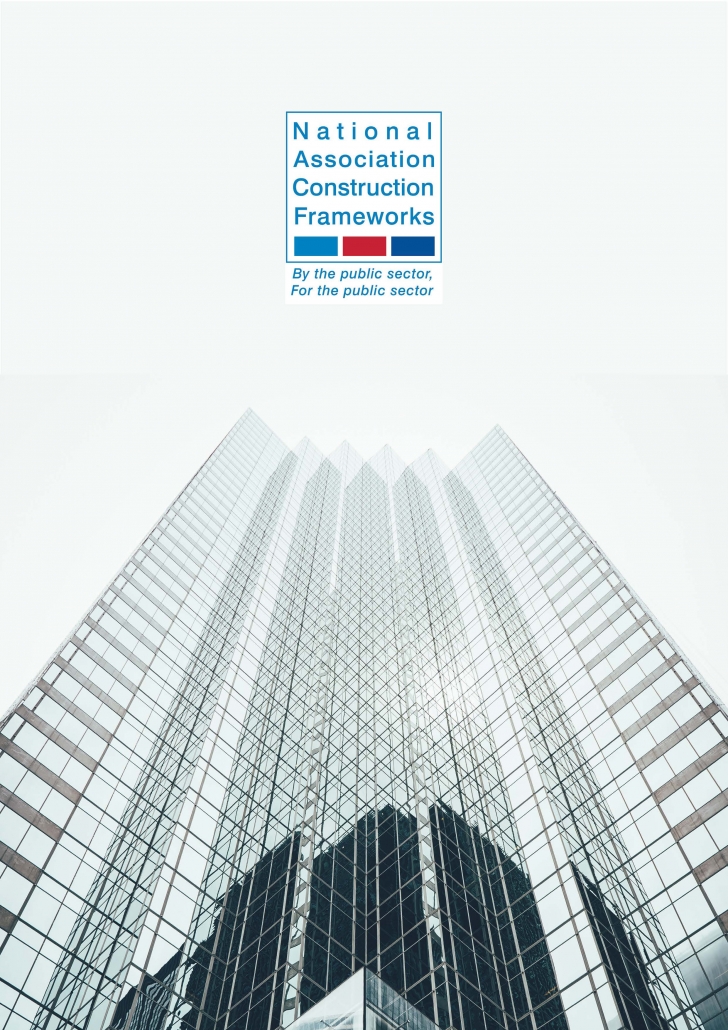Market Intelligence Reports
Q2 2025 Report
Overview
UK Construction Market Outlook – Q2 2025
The UK construction sector is entering the remainder of 2025 with cautious optimism, supported by steady growth in tender activity and signs of stabilising market conditions. Tender workloads have increased by 2.0% since Q1 2025 and 3.2% year-on-year since Q2 2024, indicating a gradual recovery. However, this growth remains uneven across trades.
In the last 3 months key packages such as window fitting (+12.3%), groundworks, and steel frames (+6.75%) have seen notable increases in tender opportunities, suggesting renewed demand and potential for increased project starts. In contrast, M&E (-4.6%), concrete frames (-1.8%), and drylining (-1.3%) have experienced declines, raising concerns about sectoral imbalances and underutilised capacity.
Curtain walling is experiencing reduced order intake, with many projects stalled at Gateway 2. A shortage of large fabricators in some regions is pushing prices up despite lower tendering activity. This presents a dual risk: rising costs and limited capacity could delay project delivery, but also an opportunity for new entrants or regional suppliers to fill the gap.
In the brickwork trade, costs are expected to rise as the housing market strengthens. Labour shortages are prompting a shift from traditional hand-laid brickwork to brick slips, offering potential efficiency gains but also introducing risks around supply chain readiness and material availability. Drylining, however, remains resilient, with strong turnover and margins, reflecting selective project engagement and risk-averse strategies.
The easing of delays caused by the Building Safety Act is enabling more projects to progress to tender, offering a positive outlook. However, persistent re-tendering due to planning amendments and cost feasibility is causing fatigue within the supply chain, potentially impacting contractor engagement and pricing consistency.
Externally, the sector remains alert to the impact of US tariffs and the evolving UK-US trade agreement, which could affect material costs and availability. While material lead times have remained stable (+0.3 weeks), any escalation in trade tensions could reverse this trend.
Overall, while the market shows resilience and signs of recovery, stakeholders must navigate a complex landscape of regulatory, economic, and supply chain challenges. Strategic procurement, proactive risk management, and adaptability will be key to capitalising on emerging opportunities through the rest of 2025.



